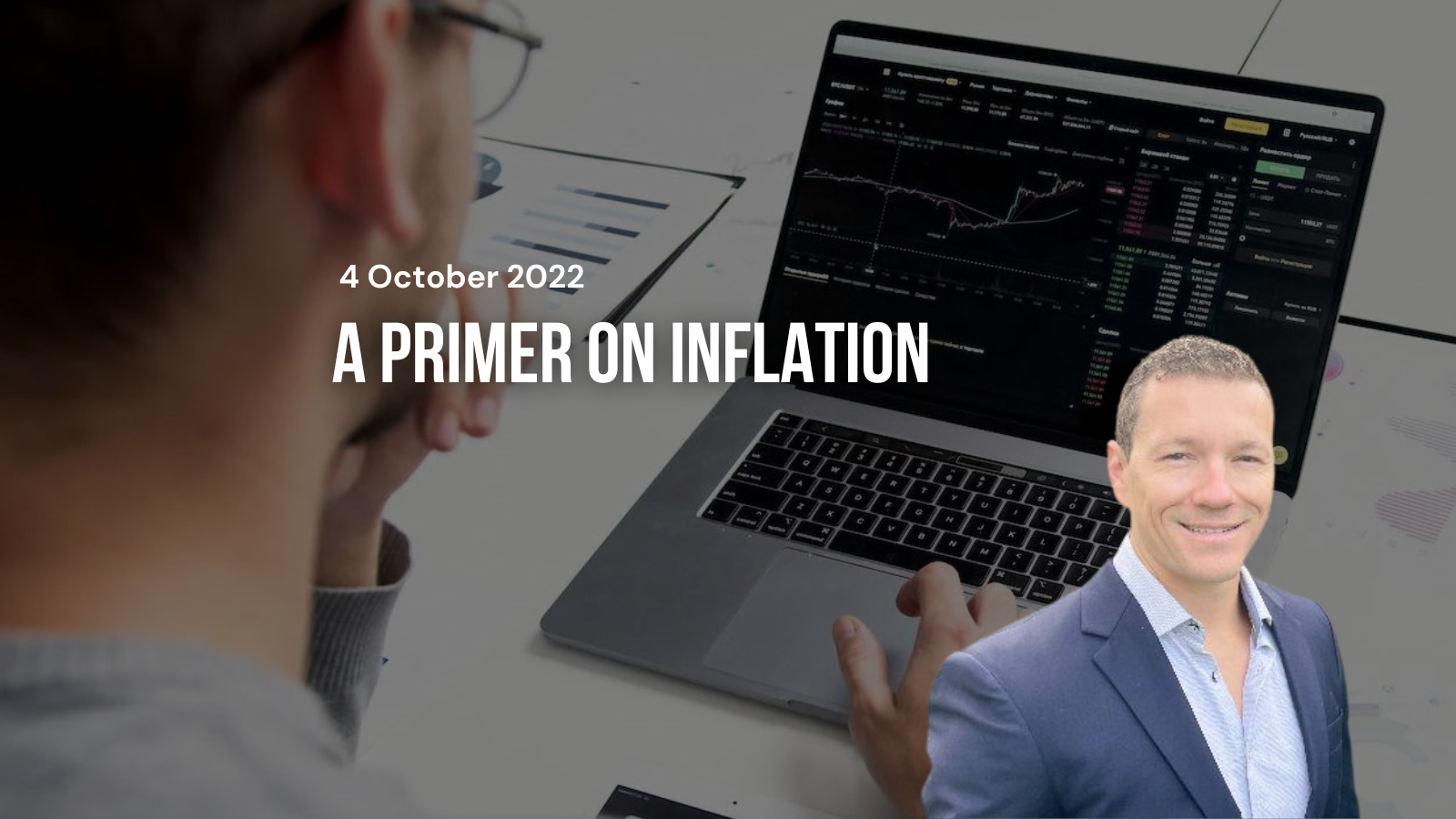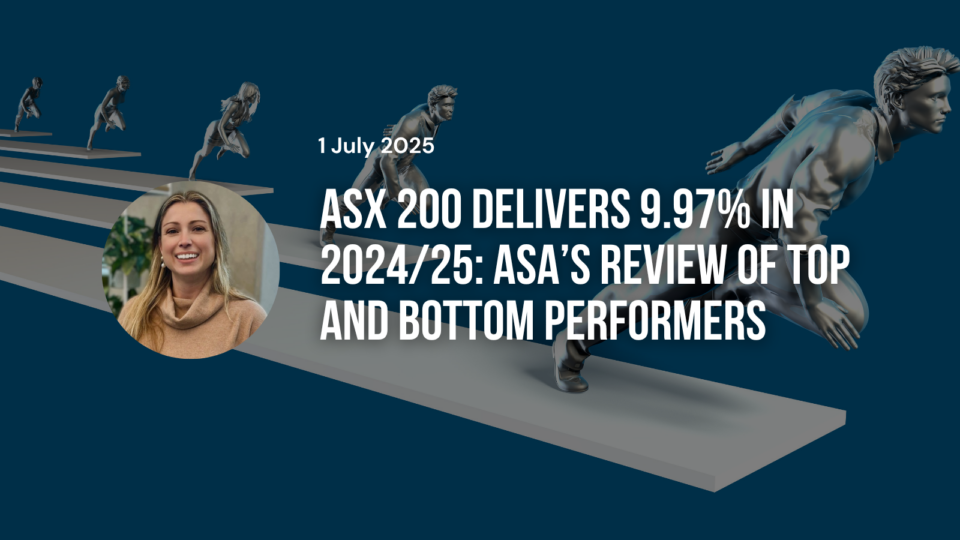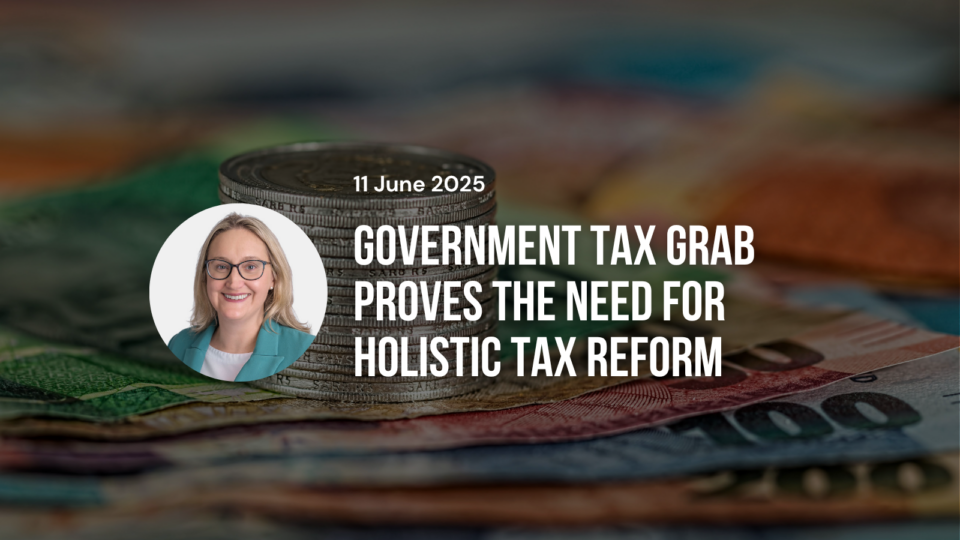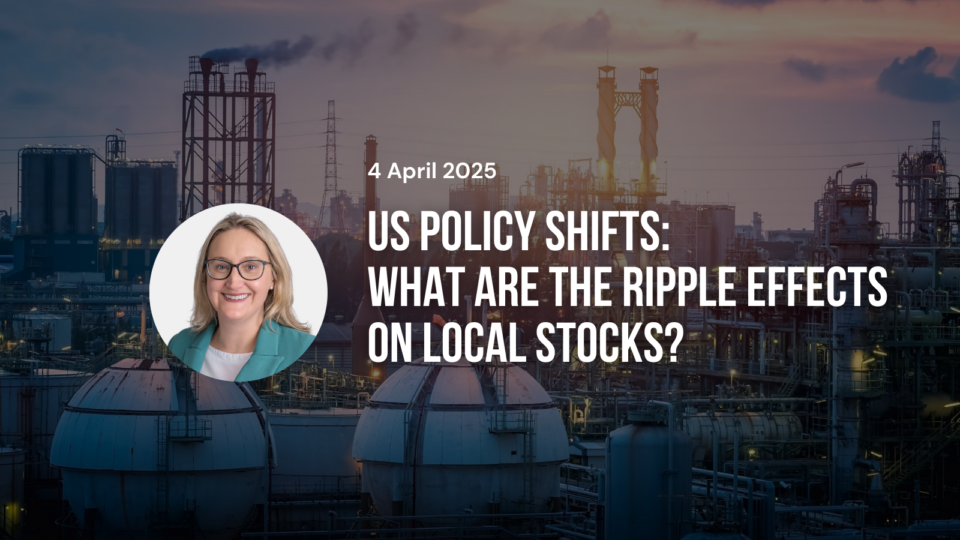

By Leigh Gant, Education Manager
4 October 2022
Post Global Financial Crises, the local and US inflation rates have treaded water at reasonably low rates as the banking system recovered. For all its influence, the US inflation rate didn’t rise above 2%. However, inflation is making a comeback in 2022. Despite early commentary that labelled this bout as “transitory,” the higher rates of inflation have been persistent thus far. This has spread worry in some areas of markets and worry amongst many (not just investors). Alas, not everyone (particularly in younger age groups) has a firm grasp of inflation and interest rates, so here is a little primer on the topic to bring you up to speed.
Understanding inflation
Inflation is the general rise in prices in an economy over a specified period of time. Reserve banks typically target a low and stable rate of inflation of about 2%, which can signify a growing economy. But inflation can creep into double digits because of economic shocks.
Inflation has fluctuated over the course of history. During periods between the 1970s and early 1990s, prices increased as much as 15% in some years. Since then, inflation has cooled off.
In the 2000s, inflation rates fluctuated between 2% and 5%, while in the 2010s, inflation hovered between 1% and 2%. In other words, prices have been remarkably stable in the recent past compared to other times in history.
Recently, however, inflation has re-entered the conversation. In Australia the inflation rate has crept beyond the comfort zone to 6.1% (the highest since 1990), the US rate is hovering above 8% and parts of Europe are seeing even higher rates.
Types of inflation
There are three main types of inflation:
• Demand-pull inflation: Demand-pull inflation happens when demand outweighs production capacity. Put another way, there is more demand for goods than the current supply is able to meet. As a result, prices increase.
• Cost-push inflation: Cost-push inflation occurs when production costs make it more expensive for companies to produce the same goods. As a result, market prices rise to reflect the increased cost of inputs.
• Built-in inflation: Built-in inflation occurs when workers demand higher wages to combat rising living costs. This type of inflation can cause a feedback effect wherein companies must raise prices continuously to meet the increasing cost of labor.
Why take inflation into consideration?
Inflation has several unnerving effects, but the clearest consequence is that it will erode your purchasing power over time. As inflation takes hold, a dollar will buy fewer goods and services than it did in the past. Over the past decade, long-term investors and retirees alike have been more complacent about the threat of inflation because rates have been uncharacteristically low. Going forward, the threat of inflation needs to be understood as a real risk to a comfortable retirement if it is not appropriately accounted for.
Inflation creates more uncertainty in the economy. Higher rates of inflation tempt action by respective Reserve Banks, which are expected to raise interest rates in response. Action by the US Federal Reserve can cause global stock market volatility in the short run, and rising rates can also cause bond funds to lose value (as the saying goes, when the US sneezes the world catches a cold).
If nothing else, the threat of inflation (and increased uncertainty) is another reason to revisit how you’ve invested your money to ensure that your assets are properly diversified given your personal situation. A diversified portfolio that is not overly heavy in any one asset class is a good first step toward protecting your finances from inflation.
Pros and cons of inflation
Pros
• Low and stable inflation can be an indicator of a growing economy.
• It benefits holders of fixed-rate debt, such as mortgages.
• It encourages consumption today rather than later.
Cons
• Inflation reduces purchasing power since each dollar buys fewer goods.
• Higher prices throughout the economy hurt retail consumers.
• It harms retirees living on fixed incomes.
• It prompts action by Reserve banks.
Inflation can create opportunities
Since it happens with or without our permission, think of inflation as an opportunity to reexamine your entire portfolio. As of August 2021, interest rates were still at near-record lows even as inflation began to spike.
One of the best ways to combat inflation is to consistently ensure that you’re following investing principles built to withstand global crises and keep you in the game: spend less than you earn (or can draw), invest in what you know, diversify according to your personal situation and don’t panic.
Money invested in equities has historically outpaced inflation in the long run, while positions in real estate, commodities, bonds can only serve as further diversified protection. Cash on the sidelines is guaranteed to lose value but provides a safety net and opportunity to go bargain hunting when there’s “blood on the streets”.
In general, inflationary periods (whether transitory or not) present the opportunity to revisit your financial situation and make adjustments for what may lie ahead.
—
About the Author: Leigh Gant is a seasoned entrepreneur and investor who specialises in scaling and growing businesses, with a passion for Buffett and Munger-style investing. For more insights and further information, visit Unio Growth Partners or connect with Leigh directly for more insights.





